Building Relationships, Braiding Knowledge
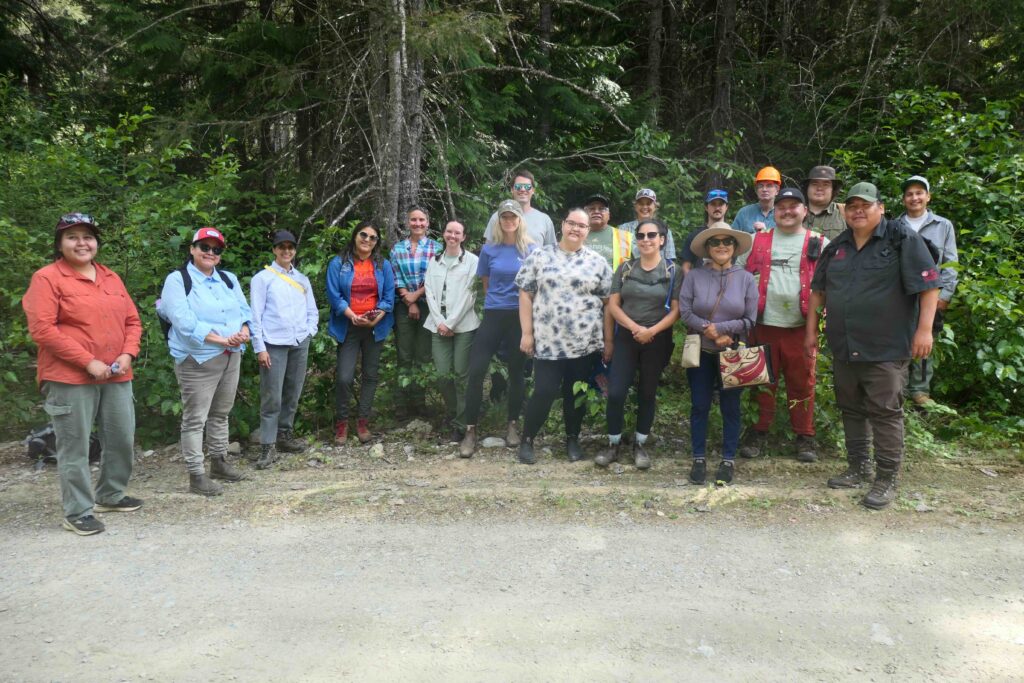
Project Title: Building Relationships, Braiding Knowledge
Recipient: Spel’kúmtn Community Forest
Region: Mainland/Southwest
Awarded Amount: $15,000
Project Period: 2025
Description: Through this project, Spel’kúmtn Community Forest and Líl’wat Lands Department are hoping to build greater synergy between the foresters, who come from Western scientific ways of knowing, and the Líl’wat knowledge keepers and land managers who guide the stewardship of the Territory. The short-term goals for this project would be two-fold: First, perhaps most importantly, is to build more nuanced, interpersonal relationships between the foresters and Líl’wat Lands Department– through ceremony, food, time on the land and shared experiences. Second is to gain a deepened understanding on three silviculture topics that have come up recurrently in recent proposals within the Territory – partial harvesting methods, benefits and impacts, fertilization and forest health.
Halfway Reporting:
The following is based on halfway reporting by the grantee.
August 13, 2025
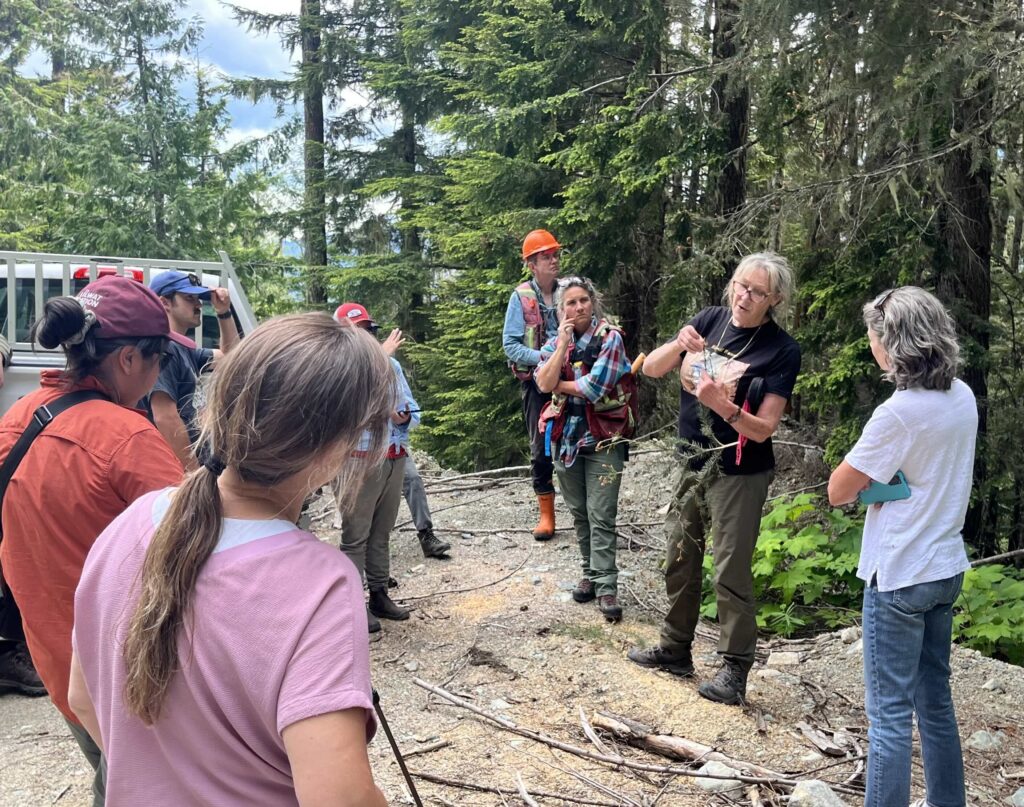
First site on the tour – inspecting an affected branch to learn about the life cycle of the spruce budworm. (Photo by Andrea Blaikie)
In July, representatives from Líl’wat K’wezúsmin’ (Title and Rights Department), the Land Use Plan committee, provincial forest health specialists, local naturalists, tenure holders, and Spel’kúmtn foresters came together on the land to share knowledge, observations, and concerns about forest health in the Territory.
While many of these individuals connect through land-use decision-making, opportunities to meet face-to-face, share a meal, and walk through the forest together—without the pressure of an impending decision—are rare and valuable.
Not surprisingly, much of the discussion focused on the current spruce budworm outbreak, which has become increasingly noticeable to community members this year. Although the situation is concerning, provincial entomologists were cautiously optimistic that the outbreak in the Pemberton–Mount Currie area may not lead to widespread tree loss.
The conversations were an important starting point for upcoming forest management work. One key initiative will see the provincial forest health team, Líl’wat Nation, and community members work together to decide whether additional actions—beyond ongoing monitoring—are needed. This process will lead to the creation of a Pest Management Plan for the area.
On a broader scale, the Líl’wat Nation is in the process of updating its Land Use Plan. Ideas shared during this gathering, along with the strengthened relationships with forest health experts, could help inform land management strategies and actions in the updated plan.
Participants also explored ways to strengthen overall forest resilience. Líl’wat Forestry Ventures—the primary tenure holder in the Territory and forest managers for Spel’kúmtn—are implementing strategies such as stand-thinning. Historically, the Líl’wat used fire to maintain open forest patches and encourage understory growth. In today’s dense, second-growth forests that have not benefited from cultural burning, thinning can achieve similar outcomes: increasing light to the forest floor to promote berries, browse, and mushrooms, while reducing wildfire fuel loads near communities.
Kukwstum’úlhkal’ap (we thank you all) to all who attended for their dedication to learning, sharing, and caring for the land, and to SIP for supporting this important gathering!
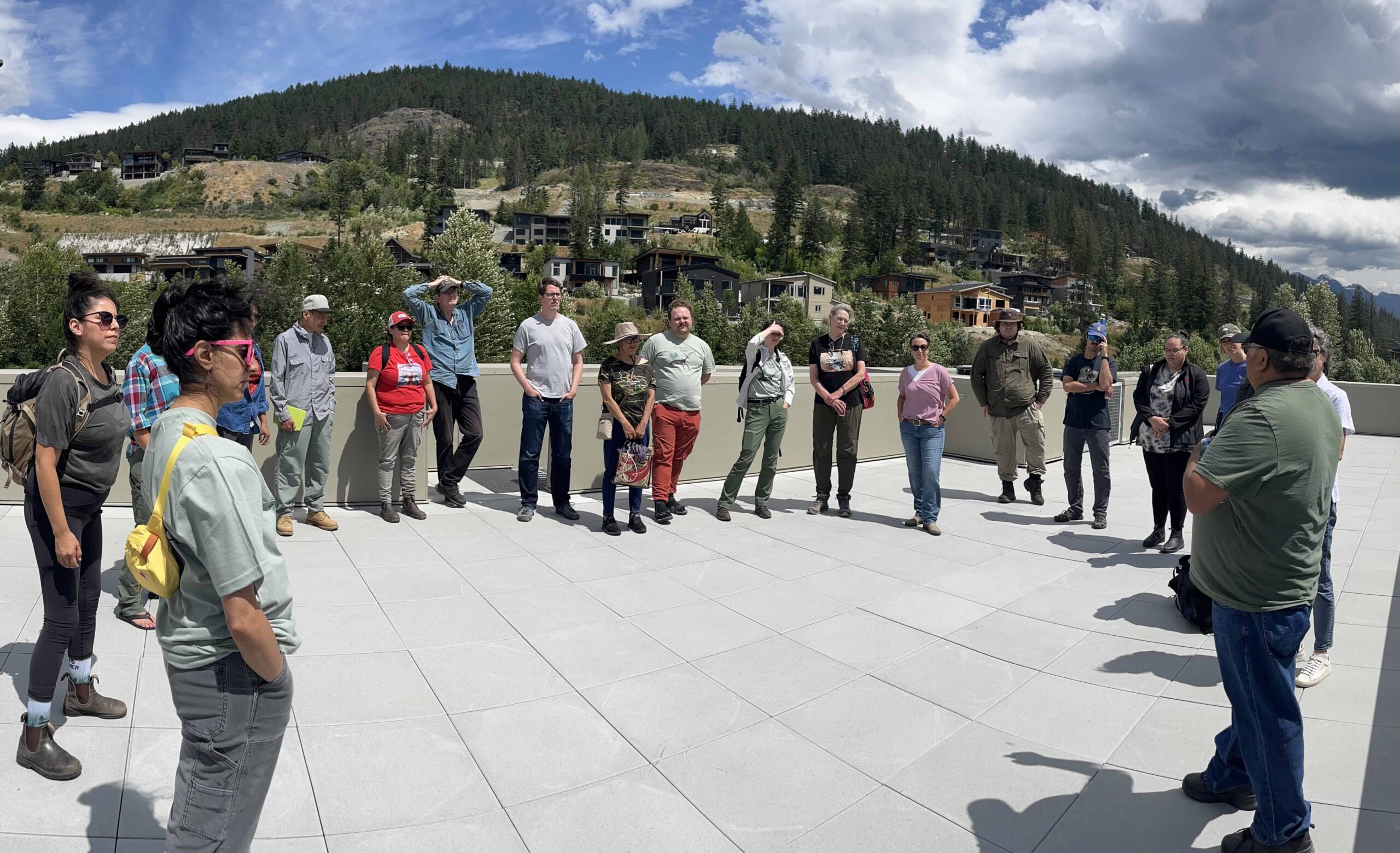
Attendees opened the day with introductions, reflections and a landscape overview. (Photo by Andrea Blaikie)
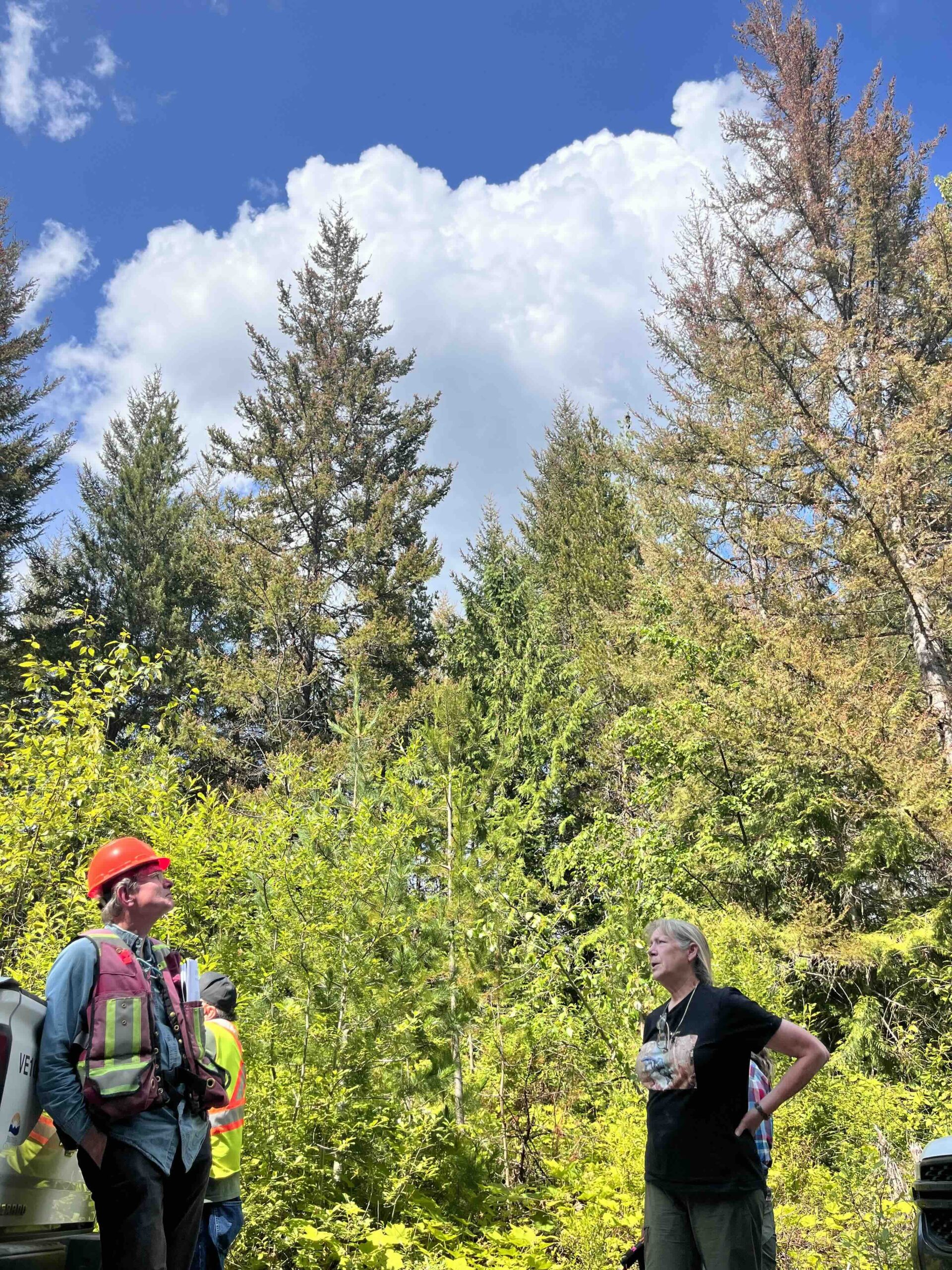
Bringing together experts from the coast and interior provided the opportunity for different approaches and perspectives. (Photo by Andrea Blaikie)
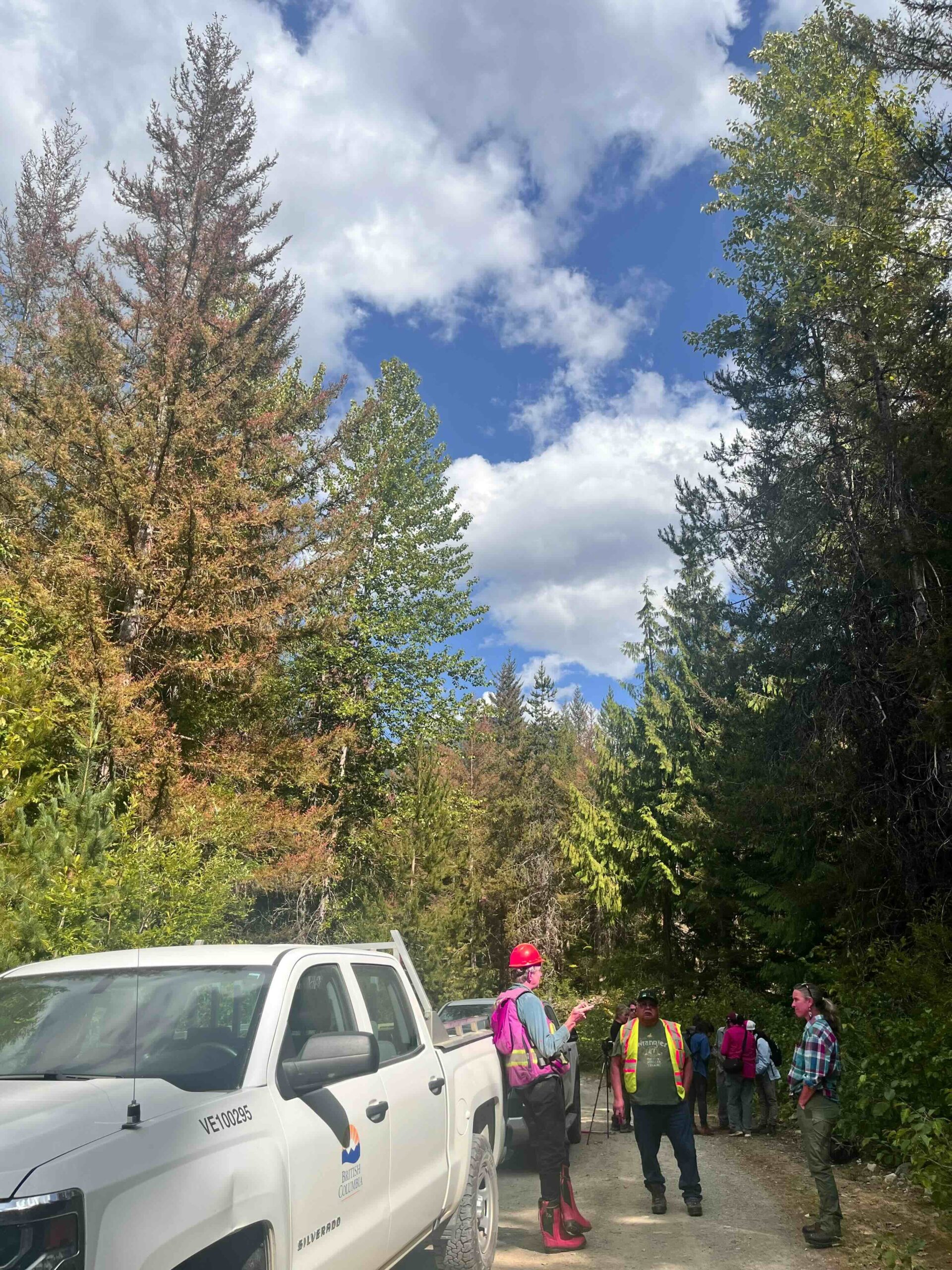
Spel’kúmtn and Líl’wat foresters exploring next steps with the regional entomologist. (Photo by Andrea Blaikie)
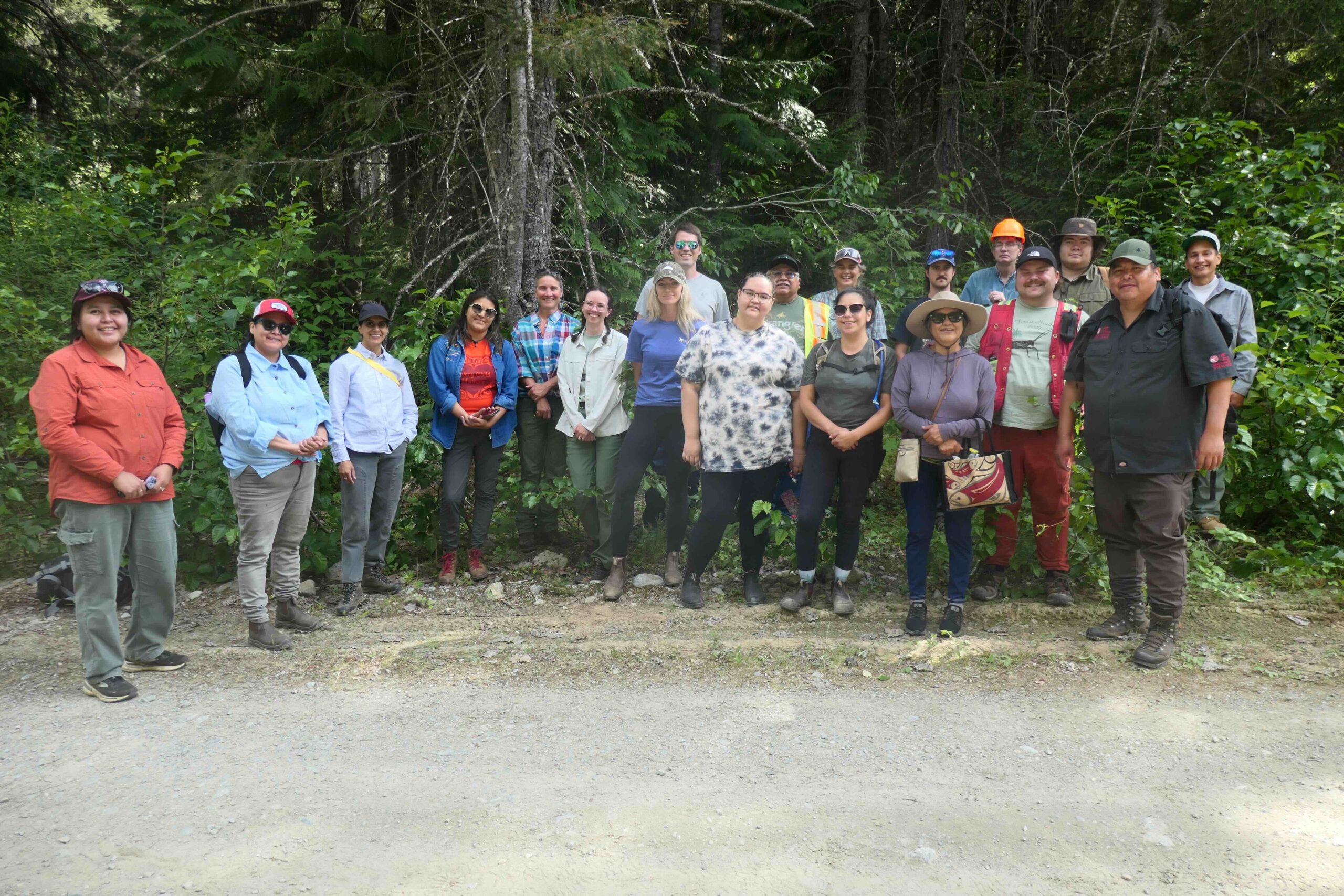
Some of the decision-makers in upcoming plans related to forest health: K’wezúsmin’ (Líl’wat Title & Rights), Ministry of Forests, Spel’kúmtn Community Forest. (Photo by Andrea Blaikie)
